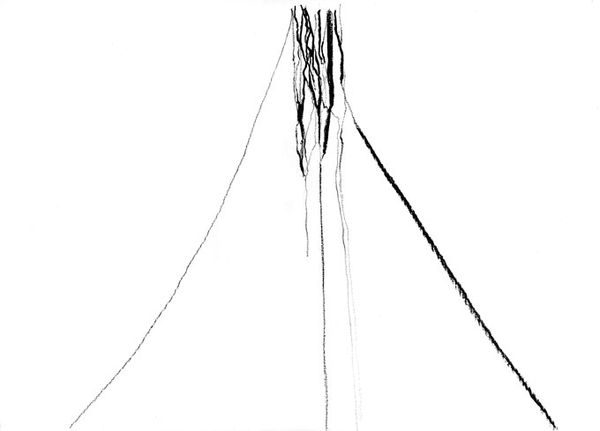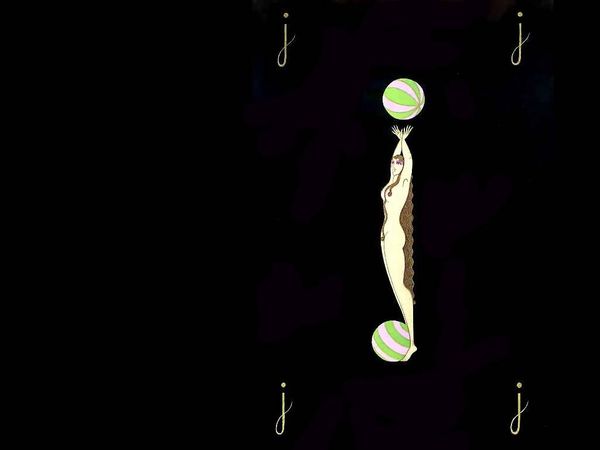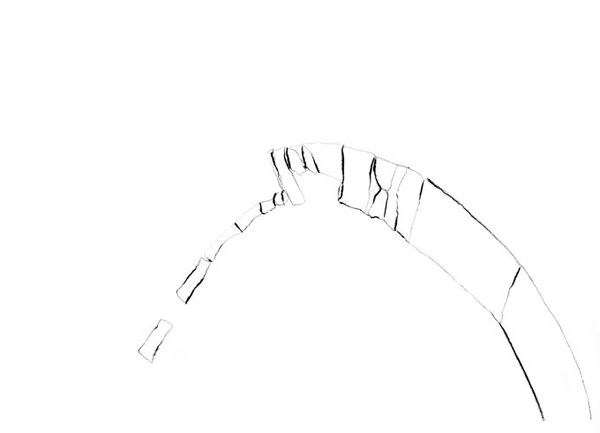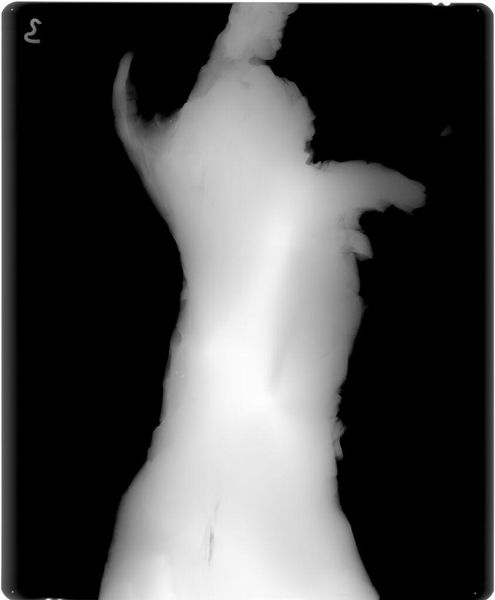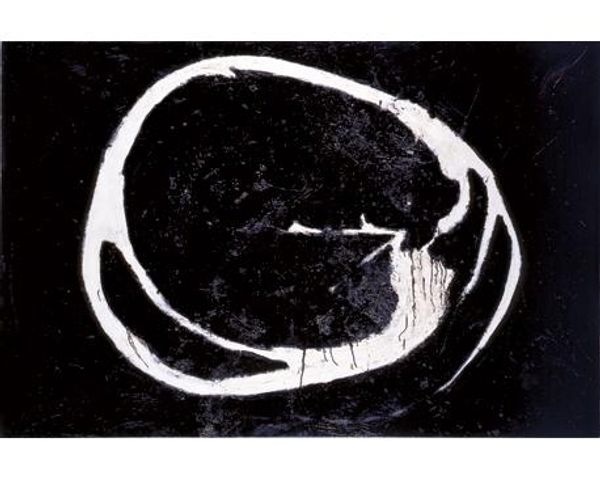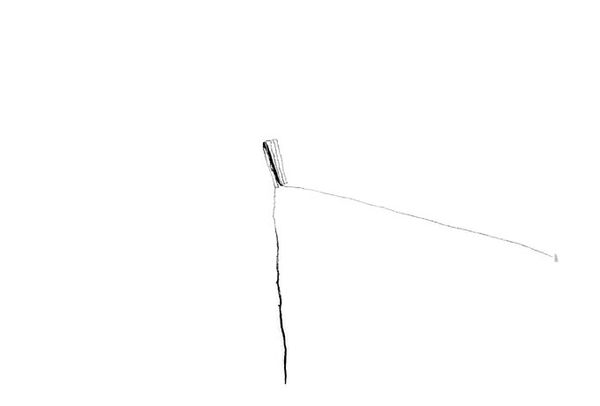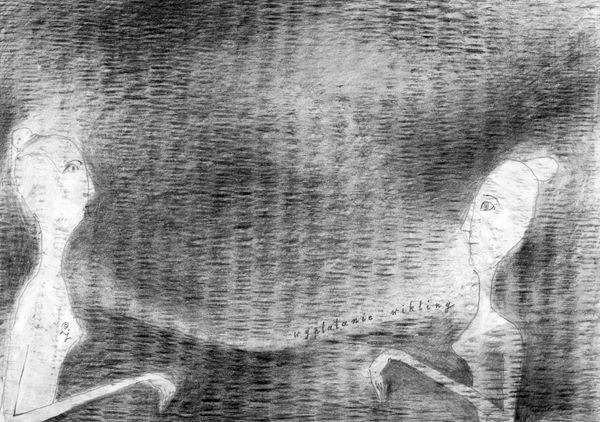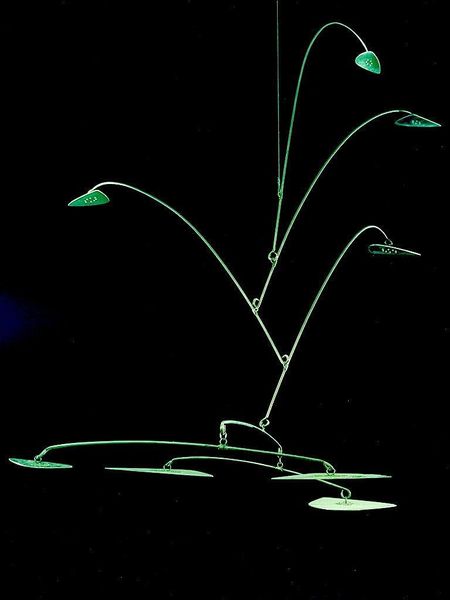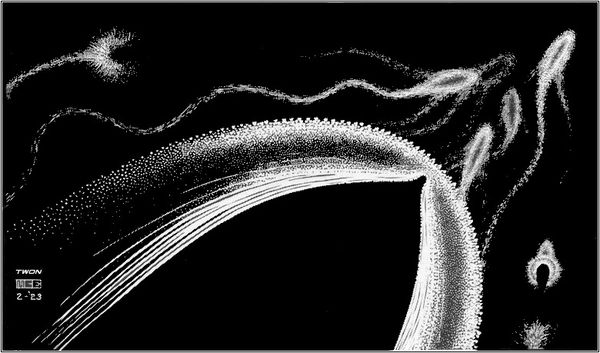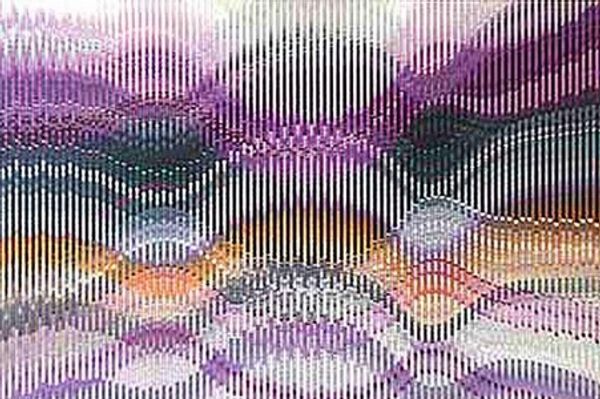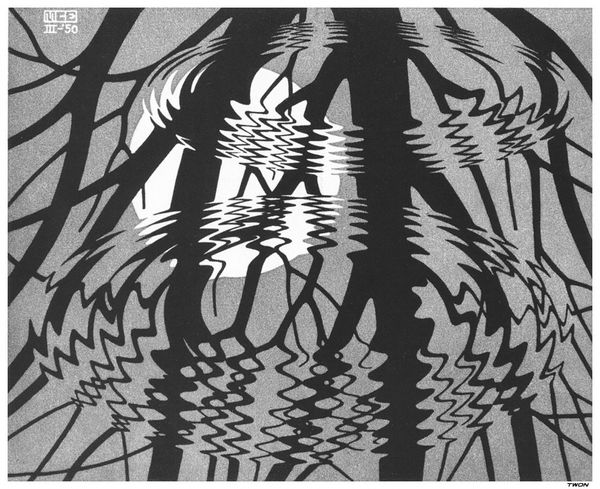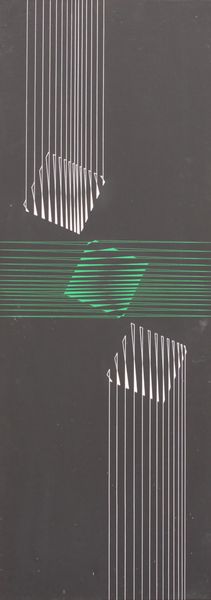
#
figuration
#
line
#
nude
Copyright: Erte,Fair Use
Curator: The artwork before us is titled "Alphabet Y," and it's by the artist Erte. Editor: The composition is striking. Immediately, it evokes a sense of balance and a touch of surrealism with the figure almost floating in an expansive, inky blackness. It's captivating and ethereal. Curator: Erte, born Romain de Tirtoff, significantly shaped the Art Deco aesthetic with his work featured on numerous magazine covers, particularly for "Harper's Bazaar." Editor: Knowing that contextualizes the work immensely. So, a design initially made for mass consumption through print—how does the representation of the nude female form here either perpetuate or challenge the tropes of the period? Curator: Erte often explored the female form as decorative and powerful, fitting with the era's evolving perception of women. The bold linearity and elegance speak to both sensuality and graphic precision. Consider how this aesthetic played a role in women’s emancipation during that era, coinciding with their gaining more rights. Editor: Indeed. The woman's pose seems defiant—almost gymnastic. Do you think she can be interpreted as a symbol of both the possibilities and expectations thrust upon women? The need to be both graceful and strong? Curator: Absolutely. And given the context of its use in commercial art, we should consider how it negotiates between objectification and empowerment. His nudes never feel overtly sexualized but are rather exercises in stylized form, reflecting art deco’s emphasis on elegance and symmetry. Editor: This is interesting considering modern audiences and how such imagery may be received today. What do you think is his relevance to younger generations, especially given evolving debates around female representation? Curator: Well, his continued appeal lies in his ability to capture a timeless idea of beauty and poise, elements that transcend specific historical contexts. Younger artists and designers still draw from Art Deco’s clear lines and decorative flourish. His style continues to find appreciation even amid ever shifting views on femininity. Editor: I see it as a call to continually interrogate representations of the female form, not just from Erte’s period, but now as well. He remains relevant precisely because his imagery allows us to look at history and the present simultaneously. Curator: Yes, "Alphabet Y," while decorative, presents important dialogues about representation.
Comments
No comments
Be the first to comment and join the conversation on the ultimate creative platform.
